BY SARAH MYS
Faeimm’s request that I write an article for Food Explorers about healthy eating came as a surprise to me. Of course, I am really convinced of the benefits of eating healthy and it is a topic that interests me a lot. But still, I´m neither a journalist nor a scientist, so I wondered what I could tell you about healthy eating.
I have experienced that healthy food choices are important for our physical and mental well-being. My first reason to eat healthy is to lose some weight, because a healthy weight should be a result of a healthy lifestyle. As soon as I start eating healthier, I also feel all the other benefits that come with it. I feel generally better – I have more energy and I am more eager to move. However, two questions kept coming up – “What is healthy food?” and “How do I maintain good eating habits?”
After a few months of eating about 80% healthy, I find that I always fall gradually back into old habits. It is very hard to keep up our resolve on special occasions or while travelling. Moreover, our hormones and moods can influence our eating habits.
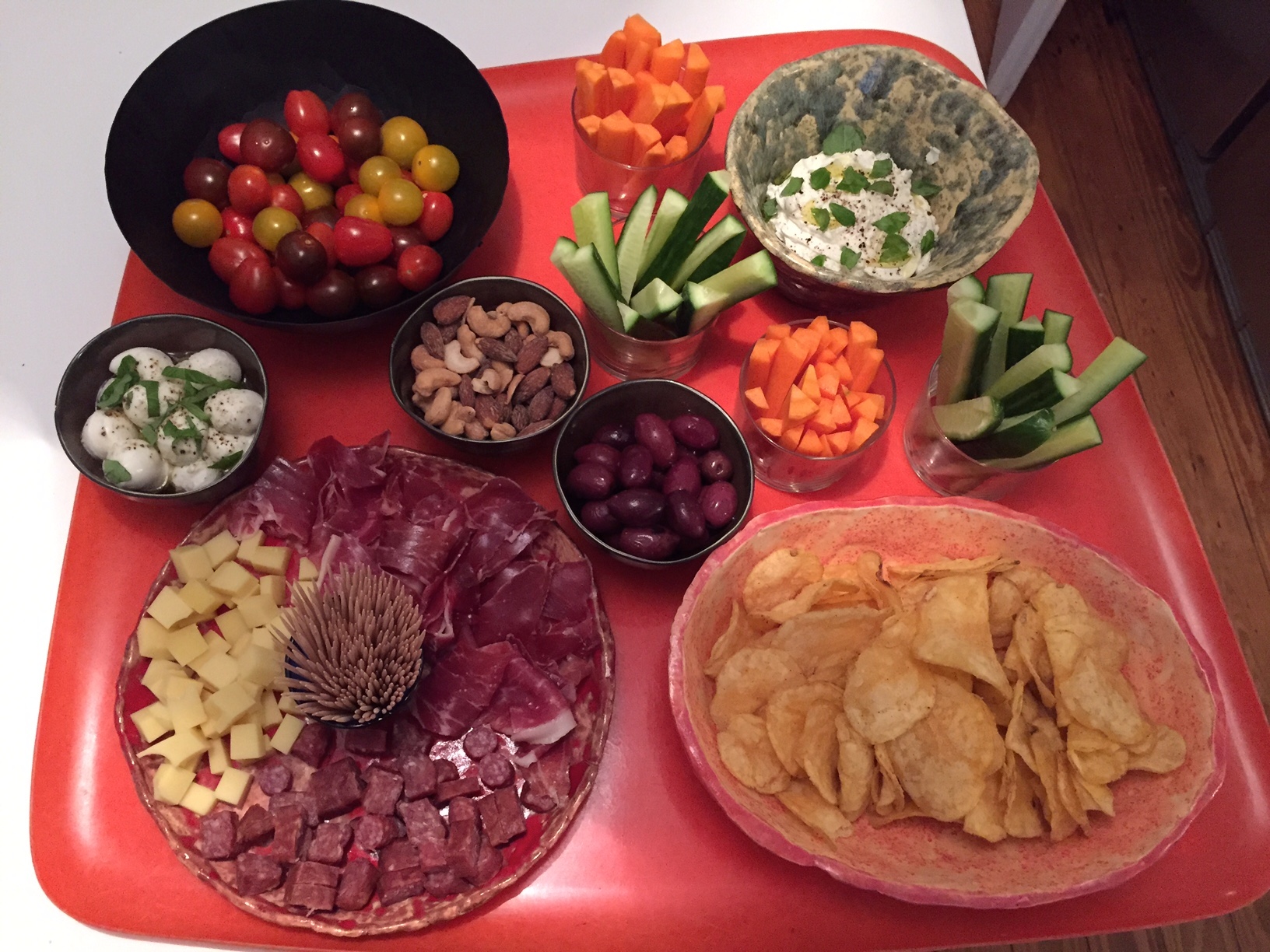
Another difficulty is defining what exactly healthy food is. There is so much information and countless opinions circulating about this topic. Last year I started studying dietetics, with hopes that I would finally find some answers and understanding. Although I learned much, I had to conclude that I was studying just one opinion. I would like to get as close as possible to the essence and build a puzzle that works for me.
Some basics we all know – we should eat plenty of fruit and vegetables, avoid refined sugar and eat a variety of foods. But then there are so many opinions about what is believed to be a good diet. When I was growing up, I was told to avoid fat – “it makes you gain weight and it is bad for your heart.” So I used to eat low-fat. Nowadays, I hear more and more often that fat is not bad at all, as long as we choose the good ones. On the other hand, Belgian cuisine contains lots of carbohydrates. People eat bread for breakfast and lunch, and potatoes, rice or pasta for dinner. So a typical Belgian dietitian will tell you to eat in this pattern, according to the food pyramid. Nowadays, many people decide to avoid carbohydrates and gluten. I find it all just very confusing. Hence, I stick to the main rules of eating fruits and vegetables, eating a good variety, and in moderation. I also try to eat foods as close to their natural state as possible. Nevertheless, I would really like to learn more about what constitutes a good diet, so I try to find my way through books and recipes that catch my attention.
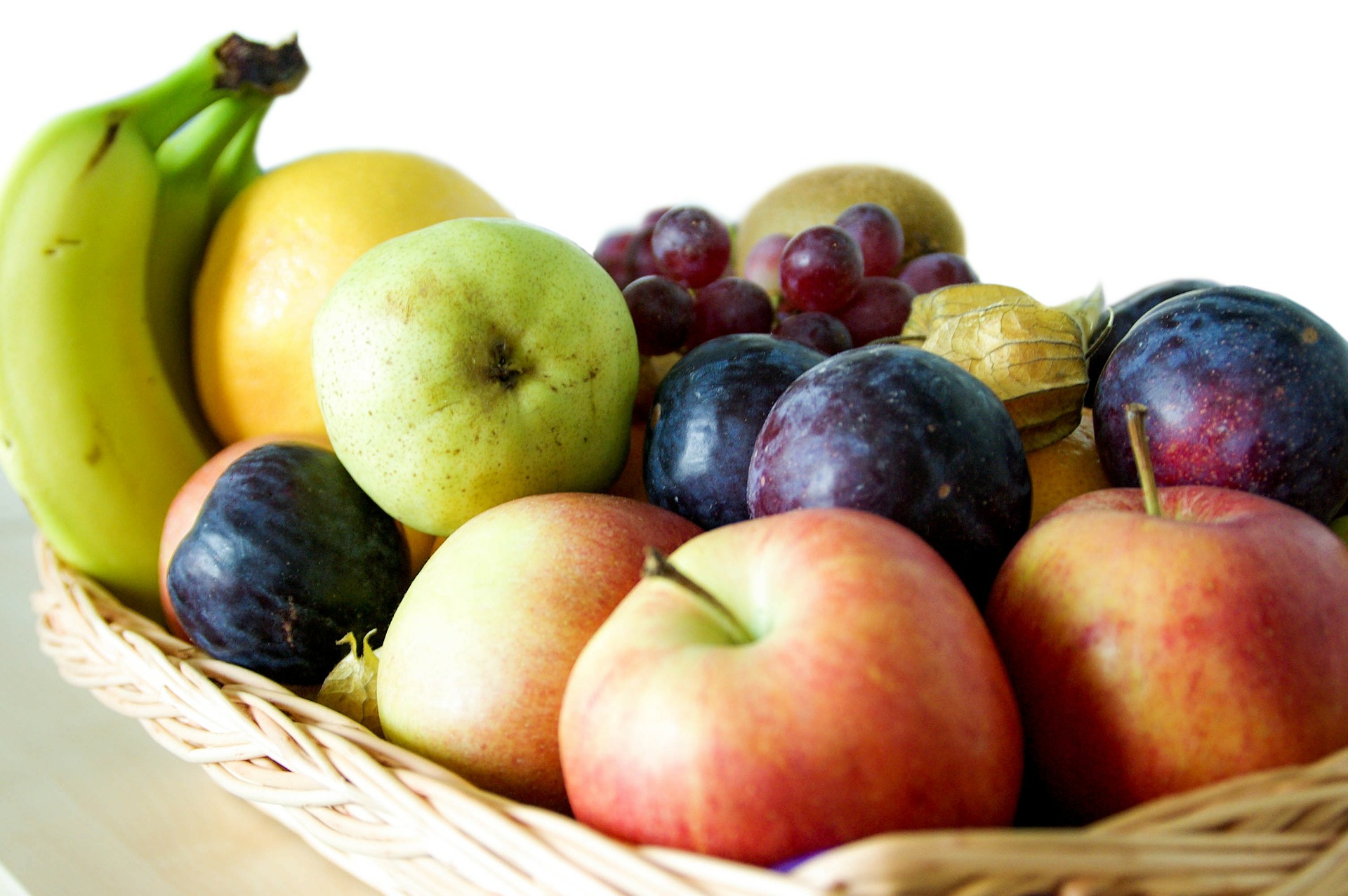
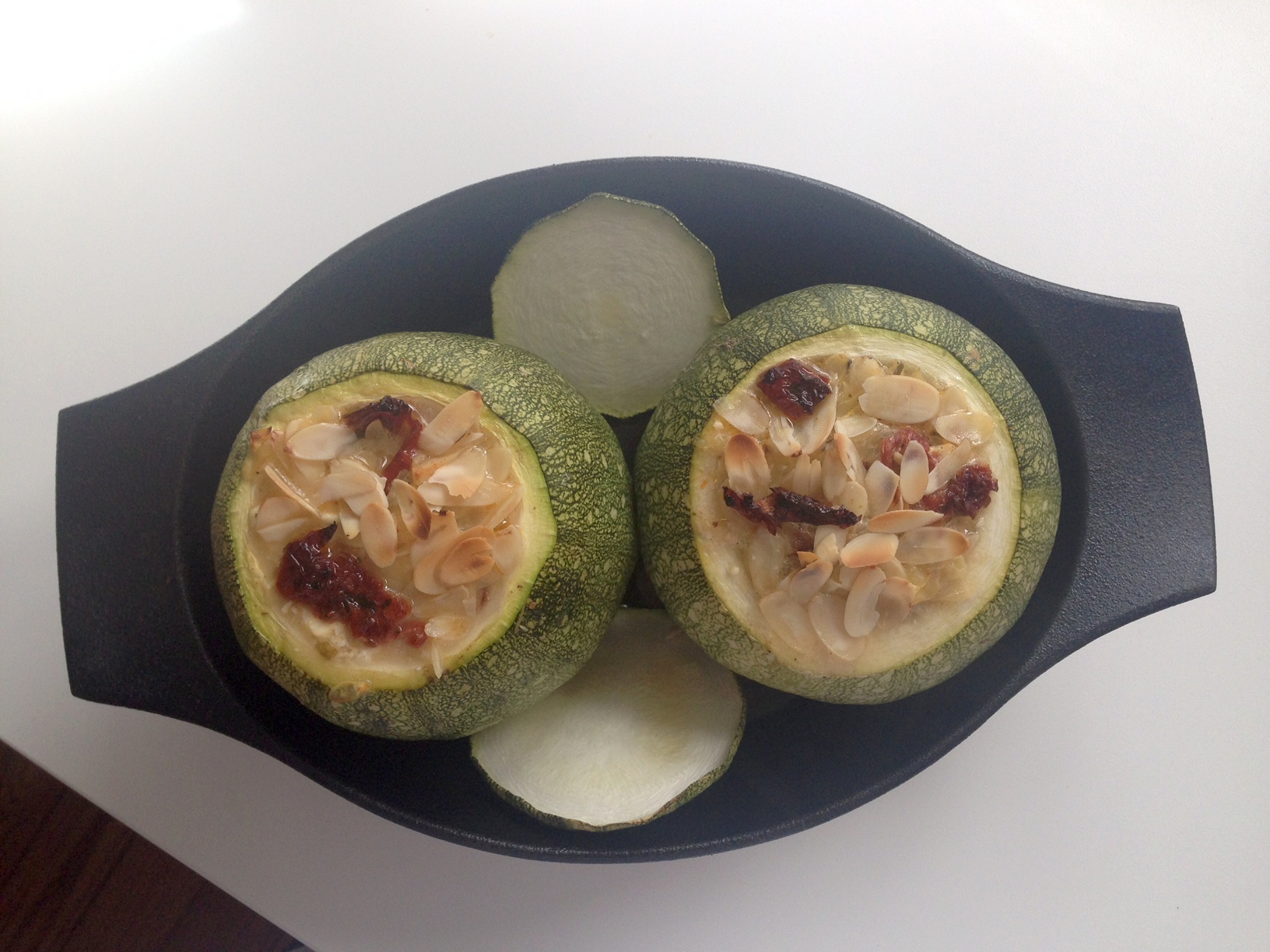
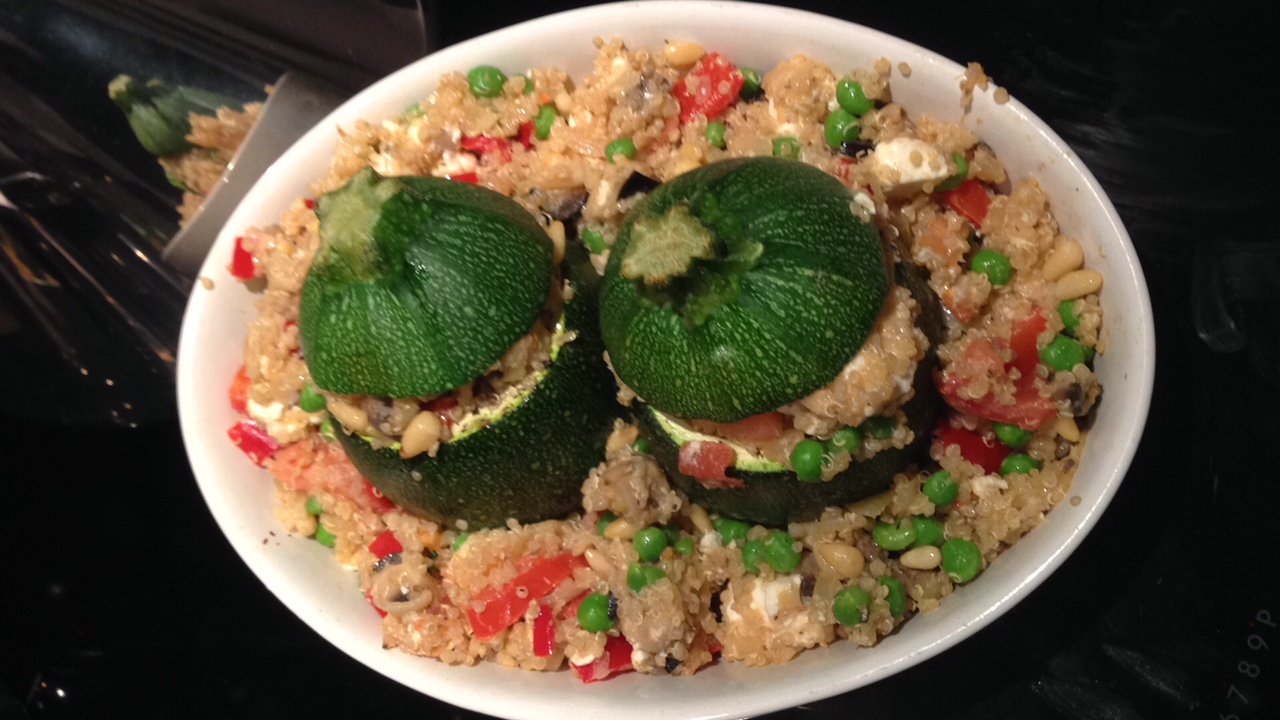
The book I´m reading right now is “Always Hungry”, written by Professor David Ludwig. He claims to have assembled a diet that stops you from always wanting to eat something, and sets you up to eat healthier all the time. Judging by the cover, this book ought to answer my two questions at the same time. In Dr. Ludwig’s opinion, the classic low-fat diet has not only failed, but it has also ruined the health of people in general. Our fat cells are so confused from our eating of highly-processed foods that they retain as many calories as possible, sparing the bare minimum for the body to use. This is what causes people eat more and more all the time. So, people are generally getting fatter and unhealthier. The solution would be to retrain our fat cells and then gradually go back to a normal, albeit healthier diet. We should stop counting calories, and focus on right food choices instead. Dr. Ludwig designed a detailed 3-stage diet with recipes and menus. The goal of the first stage is to restrain your hunger. The diet contains 50% fat and 25% of each carbs and proteins. In the second stage, you will reprogram your fat cells – the diet is made up of 40% fat, 35% carbs and 25% proteins. The carbs should always be non-processed grain products or starch-containing vegetables, except for potatoes. According to Dr. Ludwig, potatoes have the same effect on your body as eating the same amount of sugar. The second stage is the base diet, from which we would gradually determine which processed foods we can eat and which not when we move to the third stage. We can always return to the base diet if needed. The third stage is similar to the Mediterranean diet, and to the American diet before the nation’s obsession with removing fats from foods – “light” foods. It contains 40% fat, 40% carbs and 20% protein. This stage is supposed to be customizable. Dr. Ludwig says, you should explore and try to find out what is good for your body and what is not.
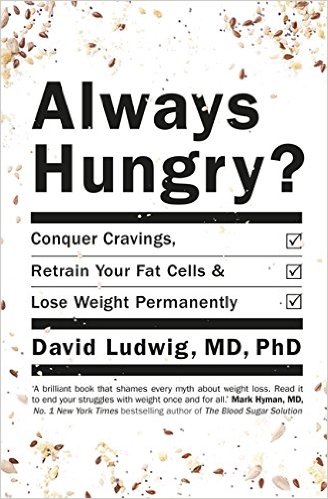
I am hoping to find some truth in this book, a piece or two for my jigsaw puzzle. I am convinced that our bodies need fat and carbs, but not just any kind, which is being confirmed in this book. Dr. Ludwig claims that when you eat according to this diet, you will no longer feel the need to snack or to overeat. However, he does not cover the topic of emotional eating, and nor does he discuss the social impact of the diet.
Anyways, I have decided that this “Always Hungry” diet is worth trying out. I really want to understand the impact of this diet on the body. In the coming weeks, I will start on the first stage of the eating plan and I would love to keep you updated about my experiences. Write to you soon!
Sarah

Follow-up article: https://www.foodexplorers.net/sarah-mys-feeling-healthy
